Art and Architecture of Central Undia under the Kachchhapaghatas: A Case Study of Sihonia
Local history and archaeology is vital to appreciate the land and its people, cultural evolution in the area, discovery and utilization of natural resources, religious activities, art and architecture, etc. as well as to understand the profile of the region and the country. Central India is very rich in terms of art and architecture and its uniform and diverse features, innovation and continuity of forms, and so on. Three families of the Kachchhapaghatas ruled over the northern part of Central India. Of them, the Sihonia-Gwalior branch ruled for a longer period of time (ninth to twelfth century) and built a number of monuments at different places. Remains of their temples and sculptures reveal some unique features like, the bhadra niches of the Kakanamatha temple which take the form of miniature doors with ribbed awnings and phamsana-style pediments in accordance with ninth century conventions, the devices like kuta which, with more intricately worked mesh-pattern, pillar with festoons, and attached figures, appear to be the characteristic features of the Gopadri region, the extreme side of the panel depicting figures of different types of vyalas, which is a typical feature of the Kachchhapaghata style, and so on.
Scholars of historical and cultural studies admit that the study of religious landscape needs to be attempted at a large scale if the rich heritage of our country is to be projected in its totality. Sihonia, the ancient capital city of the Kachchhapaghatas, forms the nucleus of such a sacred landscape as there are remains of more than a dozen temples belonging to different religious beliefs, which cross multiple cultural boundaries, both in time and space, and thus has great potential for a meaningful study of the culture of the Gopadri region in particular, and of Central India in general.
The historical growth of the material expression of religious meanings and artistic generosity, the acculturation of the style of carvings, fusion of mythology, and institutionalization of Saiva and Sakti pithas are well documented here. The present volume brings to light the available information in forms of art, architecture, and inscriptions, which has been assimilated. The interpretation of information, in terms of reconstruction of the religious landscape, adds further value to this study. The discussion and synthesis of the collected information from this ancient capital city has been weaved in a way that will offer an interesting and thought-provoking read to the scholars and would certainly be useful to the historians and researchers of cultural studies.
Get it now and save 10%
BECOME A MEMBER

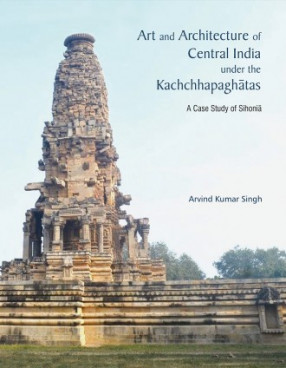
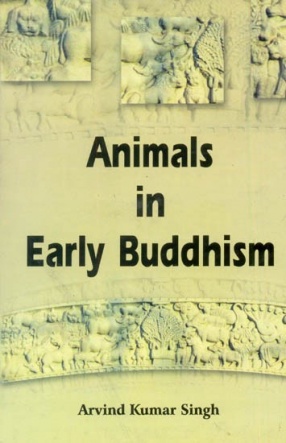
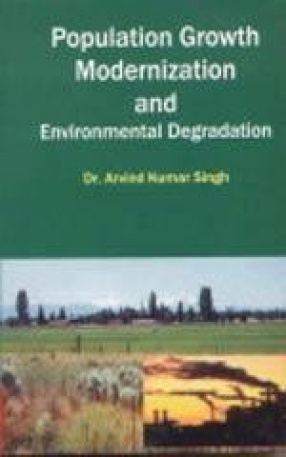
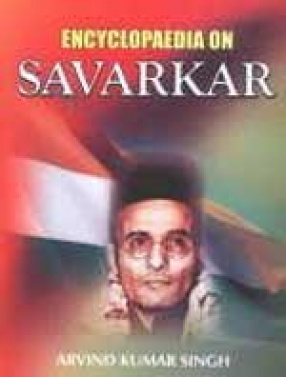
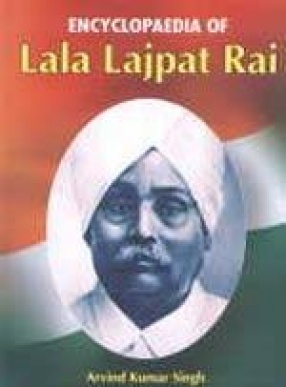
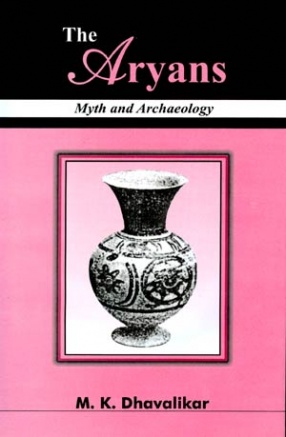
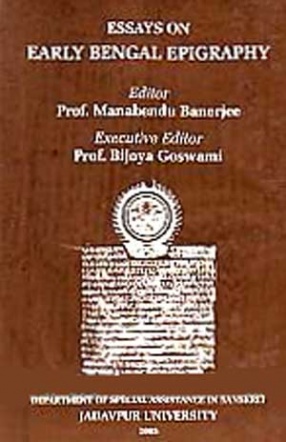
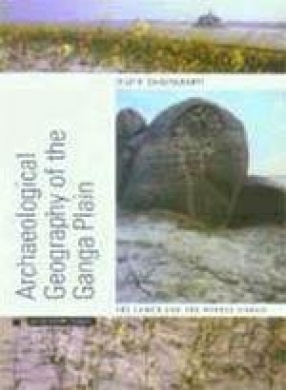
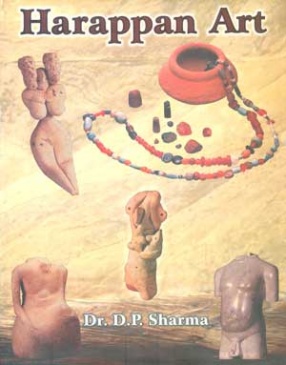

Bibliographic information